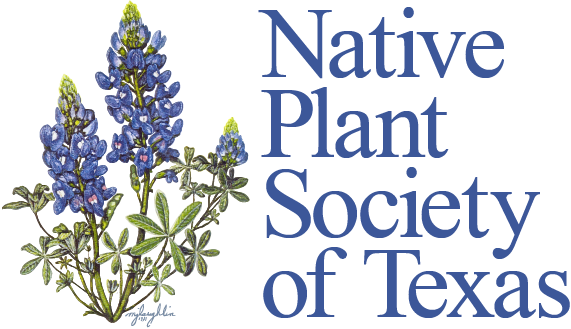Chapter Monthly Meeting Schedule
Guadalupe Chapter Monthly Meetings include a Social at 6:30 PM, a Presentation at 7PM, followed by a Business Meeting.
There are nine Monthly Chapter Meetings and generally a December Social.
The January, March, May, September and November meetings are held in Seguin at the First Presbyterian Church; 1121 East Walnut St., Seguin, Texas
The February, April, June and October meetings are held in Marion at St. John Lutheran Church; 600 South Center Street (FM 465), Marion, Texas
December Socials will be announced separately.
The Guadalupe Chapter usually doesn’t meet in July and August,
